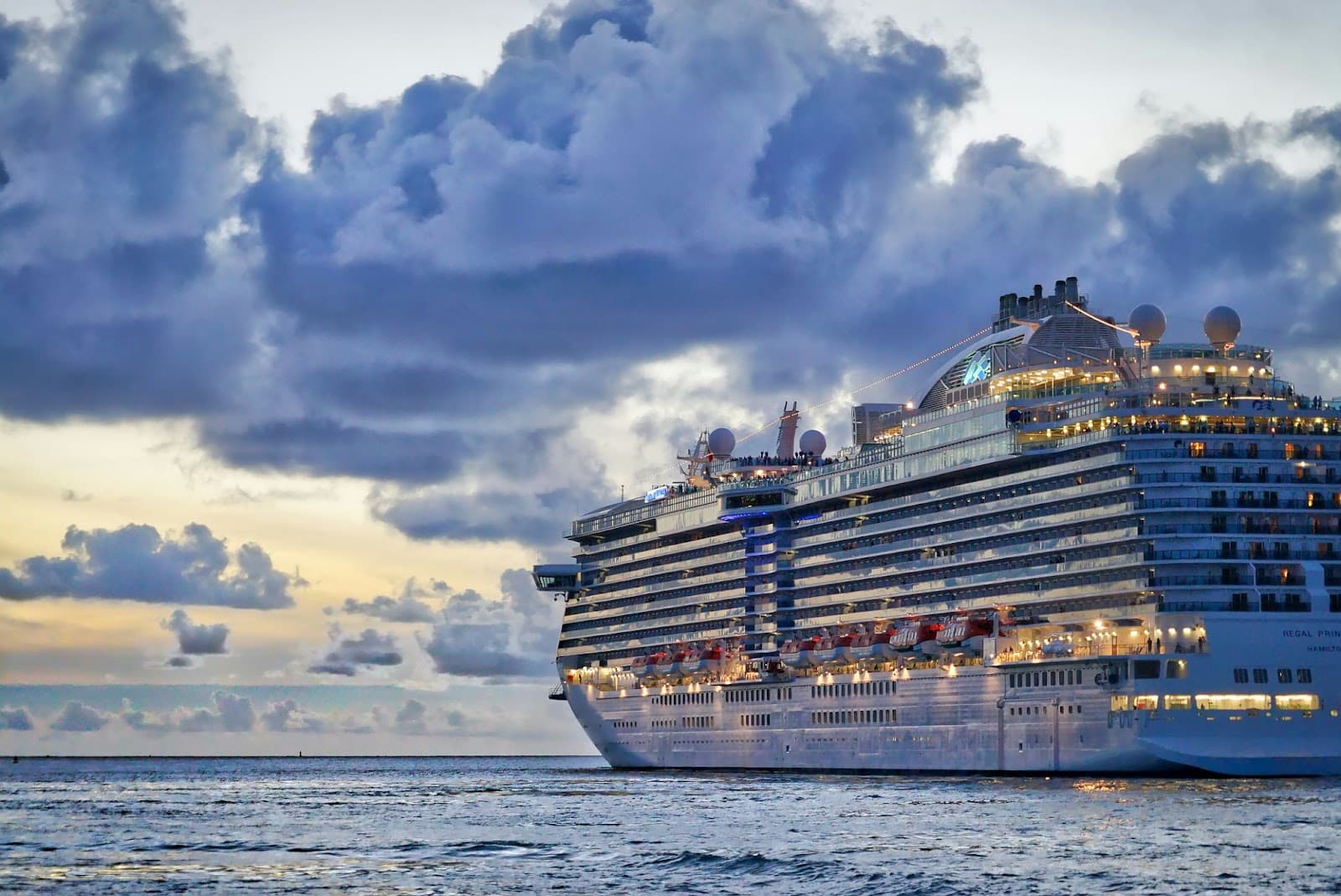While the Grand Canyon’s depths exceed a mile, making it a natural wonder, the ocean’s abyss plunges even further, reaching depths six times greater. Imagine submerging Mount Everest in the ocean’s deepest crevasse; one would have to ascend more than a mile before breaching the surface. This profound depth, especially within the ocean’s hadal zones, poses extreme challenges for exploration.
The Vastness of Ocean Depths
The ocean’s deepest realms, known collectively as the hadal zone, commence approximately 3.7 miles beneath the surface, extending down to the seabed. The pressure here, akin to having 100 elephants stacked atop one’s head, renders exploration by unmanned submersibles perilous, with many succumbing to the intense underwater pressure.
Exploring the Hadal Zone
In 1948, a pioneering Swedish vessel confirmed life within the hadal zone, revealing creatures such as amphipods, xenophyophores, and the Alicella supergiant. These extremophiles thrive in conditions of near-freezing temperatures and crushing pressures, where oxygen is scarce.
Challenger Deep: The Ocean’s Deepest Point
Challenger Deep, positioned within the Mariana Trench, represents the ocean’s profoundest known point. Measurements in 2010 recorded its depth at an astonishing 6.8 miles or 10,943 meters. This abyssal depth is the site of significant geological and biological activity.
Tectonics and the Mariana Trench
The formation of trenches like Mariana results from tectonic interactions, where heavier plates subduct beneath lighter ones, a process generating new undersea mountains and fostering seismic and volcanic activities. The Pacific Basin’s Ring of Fire, home to Mariana, is a prime example of such dynamic geological processes.
Adventures to the Ocean Floor
Canadian filmmaker James Cameron, known for his cinematic achievements, ventured solo to Challenger Deep in 2012, utilizing a submersible he co-designed. This historic dive, which took over two hours, marked Cameron as the first individual to explore this depth alone, following the joint expedition by Jacques Piccard and Don Walsh in 1960.
The Depths Across Oceans
Each ocean possesses unique characteristics and depths. The Atlantic’s deepest point, the Milwaukee Deep, lies 5.4 miles below the surface, while the Pacific’s Challenger Deep extends to 6.8 miles. The Arctic Ocean’s Litke Deep, the Southern Ocean’s South Sandwich Trench, and the Indian Ocean’s Sunda Deep in the Java Trench showcase the varying depths of Earth’s oceans.
Discoveries in the Deep
Fascinating findings in the deep ocean include:
- The use of bomb sounding for depth measurement, involving TNT explosions to study underwater echoes;
- The first hadal zone imagery was captured by Jacques Cousteau in 1956;
- Studies of hadal zone creatures, provide insights into life’s adaptability in extreme conditions;
- The role of undersea earthquakes in generating tsunamis and affecting the Earth’s rotational speed.
Comparative Analysis of Oceanic Depths
To elucidate the profound differences and unique characteristics of the world’s oceanic depths, the following table offers a comparative overview of the deepest points across various oceans, highlighting the Pacific Ocean’s unparalleled abyss.
| Ocean | Deepest Point | Depth (miles) | Depth (meters) | Notable Features |
|---|---|---|---|---|
| Pacific | Challenger Deep, Mariana Trench | 6.8 | 10,943 | World’s deepest oceanic trench |
| Atlantic | Milwaukee Deep, Puerto Rican Trench | 5.4 | 8,690 | Deepest point in the Atlantic |
| Indian | Sunda Deep, Java Trench | 4.9 | 7,885 | Critical for global oil trade |
| Southern | South Sandwich Trench | 4.5 | 7,242 | Encircles Antarctica, home to unique marine life |
| Arctic | Litke Deep, Eurasian Basin | 3.4 | 5,471 | World’s smallest and shallowest ocean |
Key Insights from Ocean Depths
- Unmatched Depths: The Pacific Ocean’s Challenger Deep is the deepest known point in the Earth’s oceans, significantly deeper than any other oceanic trench;
- Geological Activity: Ocean depths are often sites of intense geological activity, including subduction zones where tectonic plates collide, leading to earthquakes and volcanic eruptions, particularly noted around the Pacific’s Ring of Fire;
- Marine Biodiversity: The deepest parts of the oceans, such as the hadal zone, host unique life forms adapted to extreme conditions, offering valuable insights into biological resilience;
- Exploration Challenges: The intense pressure, cold temperatures, and darkness of deep-sea environments pose significant challenges to exploration, often requiring advanced technology and innovative approaches.
- Scientific Discoveries: Deep-sea expeditions, including those by pioneers like Jacques Cousteau and modern adventurers like James Cameron, continue to uncover new species and geological features, expanding our understanding of the ocean’s depths.
Video Guide
To answer all your questions, we have prepared a video for you. Enjoy watching it!
Conclusion
The Pacific Ocean, along with Earth’s other oceans, harbors depths that are both formidable and fascinating. These underwater realms, particularly the enigmatic hadal zones, remain largely unexplored, holding secrets to life’s resilience in the face of extreme conditions. The quest to understand these depths continues to inspire both scientific inquiry and adventurous exploration, revealing the ocean’s critical role in our planet’s geological and ecological systems.


